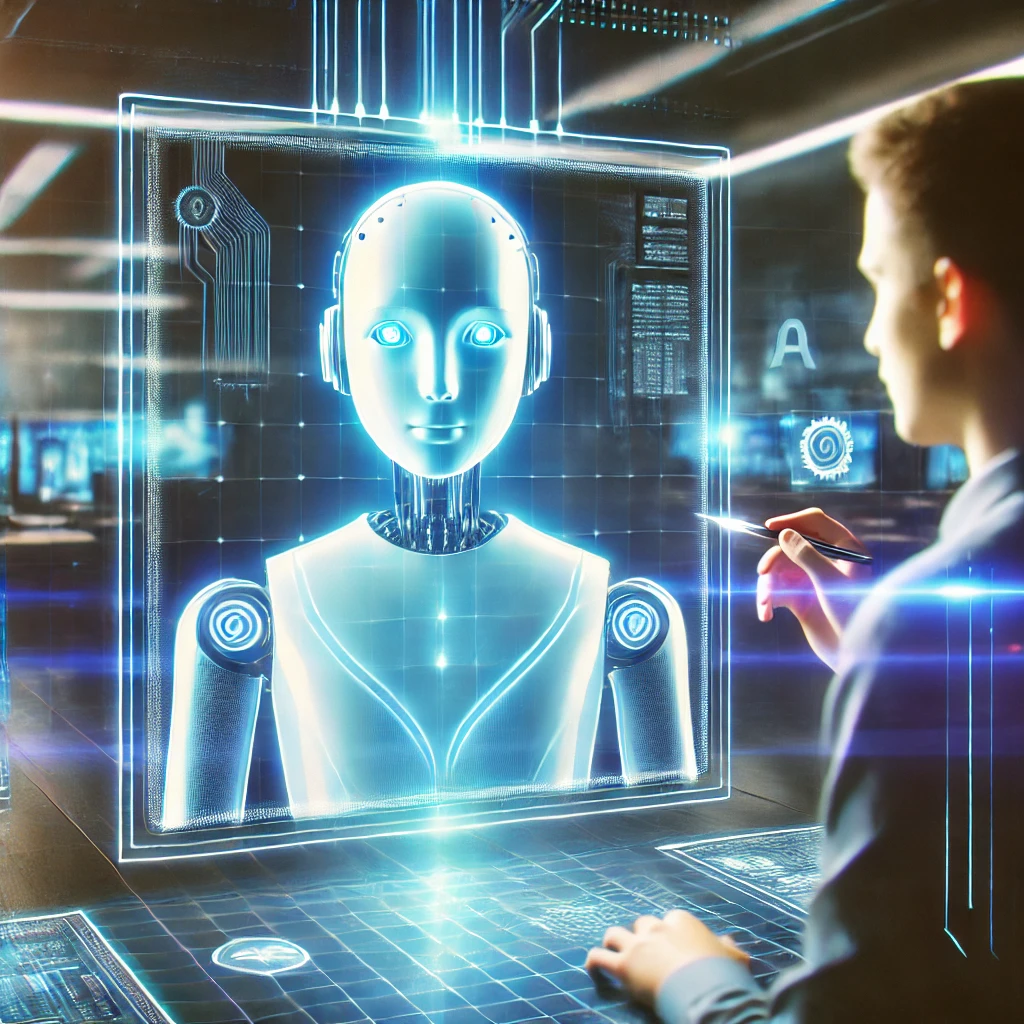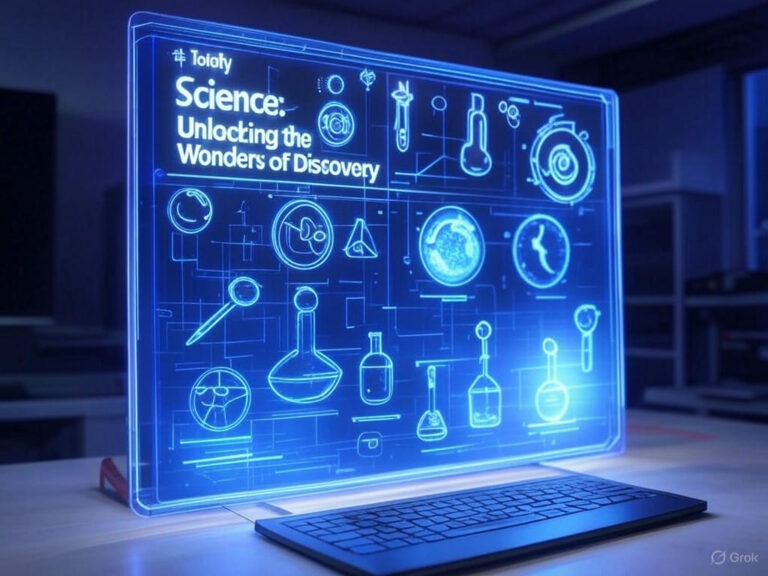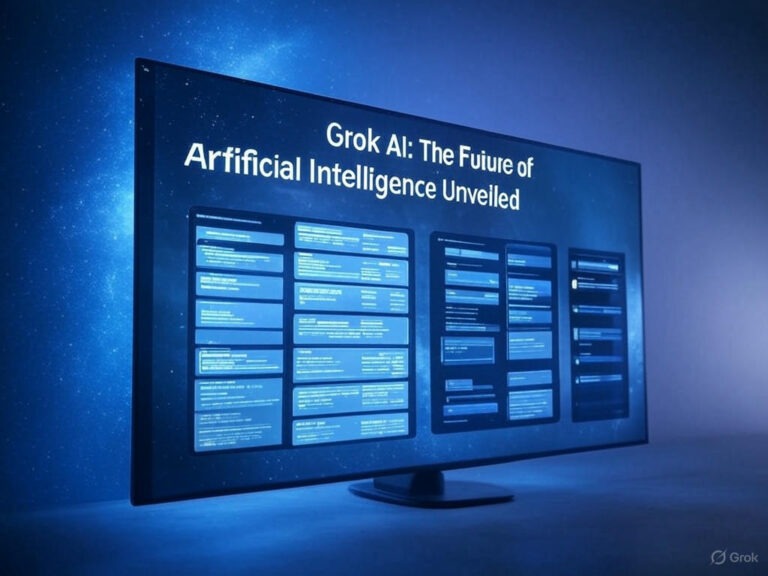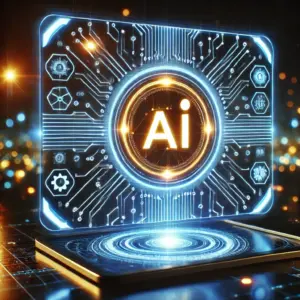Introduction
Artificial Intelligence (AI) has transformed various industries, and one of its most groundbreaking innovations is ChatGPT. Developed by OpenAI, ChatGPT is a powerful language model that enables human-like conversations and assists with numerous tasks, including content creation, coding, brainstorming, and customer support. In this article, we will explore what ChatGPT is, how it works, its key features, benefits, limitations, and future potential.
What is ChatGPT?
ChatGPT (Chat Generative Pre-trained Transformer) is an advanced AI language model based on OpenAI’s GPT (Generative Pre-trained Transformer) architecture. It leverages deep learning techniques to process and generate human-like text responses based on user inputs. Designed to understand context, answer questions, and engage in meaningful conversations, ChatGPT has become an essential tool for businesses, developers, educators, and individuals.
How Does ChatGPT Work?
ChatGPT functions using a transformer-based neural network trained on vast amounts of text data. Here’s a step-by-step breakdown of how it operates:
- Pre-training: The model learns from a diverse dataset containing books, articles, and web content. It identifies language patterns, grammar, facts, and context.
- Fine-tuning: OpenAI refines the model with supervised learning, aligning responses to make them more accurate, ethical, and safe.
- User Input: When a user enters a query, ChatGPT analyzes the text and generates a coherent response.
- Output Generation: The model predicts and constructs the most relevant answer based on the input and learned knowledge.
- Continuous Learning: Although ChatGPT does not learn from real-time interactions, newer versions undergo periodic updates to improve performance.
Key Features of ChatGPT
ChatGPT is packed with features that make it a game-changer in AI-driven communication:
- Natural Language Understanding: It processes and interprets human language efficiently, allowing for fluid conversations.
- Context Awareness: Unlike basic chatbots, ChatGPT retains context within a conversation, making discussions more coherent.
- Multi-Tasking Capabilities: It can generate text, write essays, create code, provide summaries, and more.
- Multilingual Support: ChatGPT can communicate in multiple languages, making it accessible to a global audience.
- Customizable API: Developers can integrate ChatGPT into applications, websites, and software.
- Ethical AI: OpenAI employs safety measures to minimize biases and prevent harmful outputs.
Benefits of ChatGPT
1. Enhanced Productivity
ChatGPT helps professionals automate repetitive tasks such as drafting emails, writing reports, and summarizing information, boosting overall efficiency.
2. Improved Customer Support
Businesses use ChatGPT-powered chatbots to provide instant responses, resolve customer queries, and enhance user experience.
3. Content Creation and Marketing
Writers, bloggers, and marketers leverage ChatGPT to generate engaging content, blog posts, social media updates, and SEO-friendly articles.
4. Learning and Education
Students and educators use ChatGPT for research assistance, homework help, and concept explanations in various subjects.
5. Programming Assistance
Developers utilize ChatGPT to debug code, generate programming scripts, and learn new coding languages.
6. Cost Efficiency
Automating tasks with ChatGPT reduces the need for human intervention, saving time and costs for businesses and individuals.
Limitations of ChatGPT
Despite its advantages, ChatGPT has some limitations:
- Lack of Real-Time Updates: The model does not access real-time data and may provide outdated information.
- Potential Bias: Although OpenAI mitigates biases, some responses may reflect biases from training data.
- No Emotional Intelligence: ChatGPT lacks genuine emotions, making it less effective in handling highly sensitive conversations.
- Dependence on User Input: It generates responses based on input, which means ambiguous or misleading queries may result in inaccurate answers.
Future of ChatGPT and AI Conversational Models
The future of ChatGPT looks promising as AI continues to evolve. Here are some anticipated developments:
- More Accurate Responses: Future versions will feature better contextual understanding and factual accuracy.
- Voice Integration: ChatGPT may support real-time voice interactions, making AI communication more seamless.
- Enhanced Personalization: AI will become more tailored to individual user preferences and behaviors.
- Ethical AI Improvements: OpenAI will continue working on minimizing biases and ensuring safer interactions.
- Industry-Specific AI Assistants: ChatGPT could be fine-tuned for specialized industries, such as healthcare, finance, and legal services.
Conclusion
ChatGPT has revolutionized the way we interact with AI, offering powerful conversational capabilities that assist individuals and businesses worldwide. With its continuous advancements, ChatGPT is set to become an even more indispensable tool in the digital era. Whether you are looking for an AI-powered assistant, a content generator, or a coding helper, ChatGPT provides an efficient and reliable solution for diverse needs.
As AI technology advances, embracing tools like ChatGPT will be essential for staying ahead in a rapidly evolving digital landscape. If you haven’t yet explored ChatGPT, now is the perfect time to experience its capabilities and integrate it into your workflow.
























+ There are no comments
Add yours